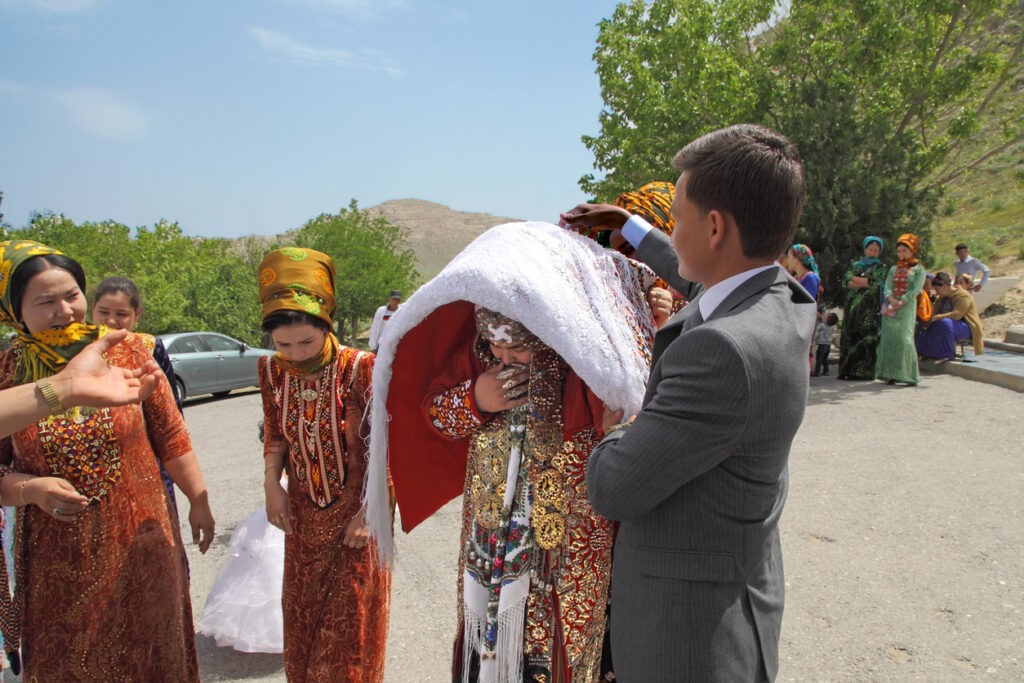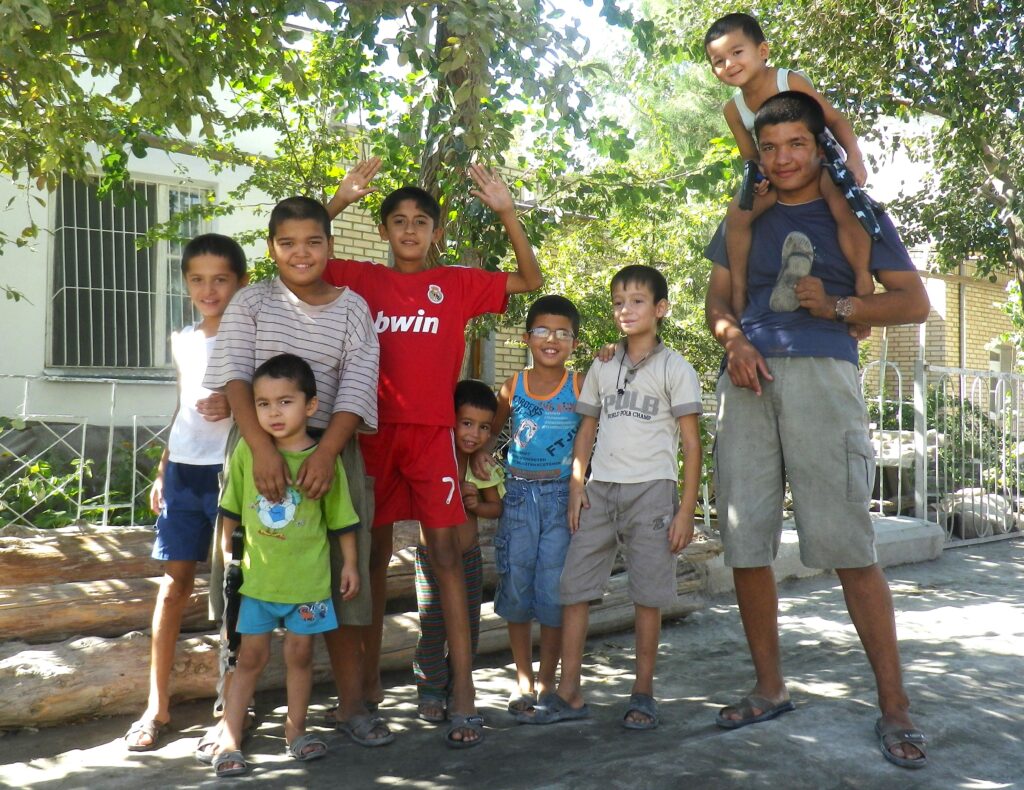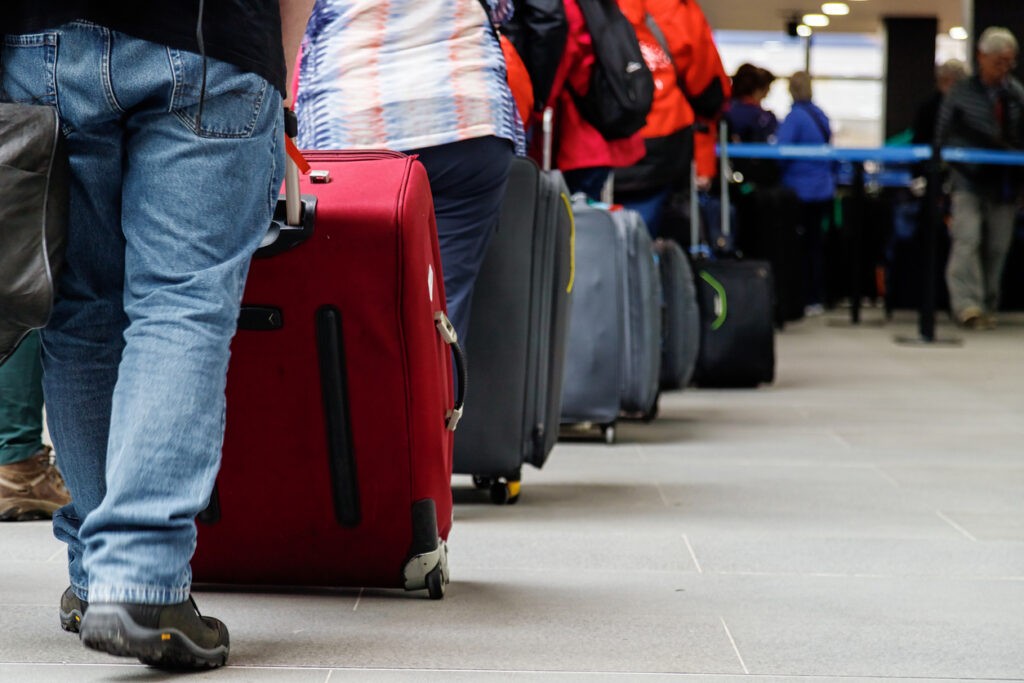The United Nations Development Program (UNDP) has published a report detailing Uzbekistan’s 2023 poverty index, and it indicates that roughly 4.2 million Uzbek citizens are estimated to be living in poverty.
The UNDP used 34 indicators to serve as the statistical basis for the report. Factors include the socioeconomic standing and stratification of the population, as well as the capacity of citizens to exercise their rights, and the opportunities afforded to them.
Information about education level (13.7%), food security (11.7%) and employment in the informal sector (11.5%) played an important roles in calculating the poverty index.
The UN report states that the Republic of Karakalpakstan (29.9%), the Namangan region (27.5%), and the Tashkent region (26.5%) have the highest percentages of impoverished people. As measured by citizens’ income, social security availability, and fuel resource scarcity, these regions perform somewhat worse than the other regions.
Uzbekistan’s accomplishments in decreasing poverty and its plans for the future are also discussed. The UNDP claims that the nation’s reforms over the past 20 years have resulted in a drop in the poverty rate to 11.5 percent in 2022 from 24 percent in 2000. Due to government efforts, 2.2 million people have been lifted out of poverty in the first two decades of the 21st century.
The report highlights Uzbekistan’s objectives of attaining a world-average income level by 2030, and cutting poverty by half by 2026. The report expresses confidence in the solid foundations of Uzbekistan’s plan to eradicate poverty by 2030. A key detail is that Uzbekistan is trying to make sure that development is moderate — thereby keeping prices growing more slowly — and this is thought to be one of the most important elements in the battle against poverty.









